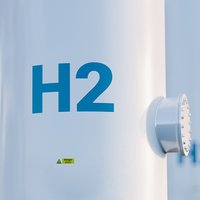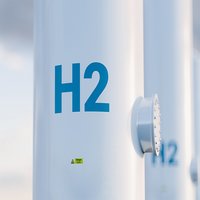How the Ruhr Can Become the World's Greenest Industrial Region
A study by the Wuppertal Institute presents a model and a set of indicators, assesses the Ruhr metropolitan area's potential to be a pioneer and identifies key actions

A study by the Wuppertal Institute presents a model and a set of indicators, assesses the Ruhr metropolitan area's potential to be a pioneer and identifies key actions

Industrial regions face unique challenges with respect to sustainable and climate-friendly development – they must become "green industrial regions". But what does being a "green industrial region" actually involve? A new study by the Wuppertal Institute illustrates the main issues, how progress can be measured and what steps can be taken to accelerate the necessary transformation. The team of authors assesses the Ruhr metropolitan area's potential to be a pioneer by looking at seven indicators that are particularly salient in terms of the environmental economy and the development of green and recreational spaces. The study, entitled "Transformation into the 'World's Greenest Industrial Region' – Using the Ruhr Metropolitan Area as an Example", aims to illustrate how the next key step in the vital transformation process can be taken successfully. It has been prepared by the Wuppertal Institute for the Regionalverband Ruhr (Ruhr Regional Association) on behalf of Scholz & Friends Berlin GmbH. The study looks at the situation from all angles to identify the most important aspects of this transformation for industrial regions as regards increasing their economic strength, meeting the challenges of environmental and climate protection and raising the population's quality of life. After all, as Prof. Dr. Manfred Fischedick, Scientific Managing Director of the Wuppertal Institute, stresses: "A 'green' transformation geared towards sustainability and protecting the climate is an absolute imperative if industrial regions are to have an economically, environmentally and socially viable future."
The scientists use seven key action areas and 35 indicators to define what constitutes a "green industrial region" and the objectives necessary to realise this vision – with particular regard to the 2035 time horizon, but also looking further ahead. These include, for example, reductions in the emission of greenhouse gases, nitrogen dioxide and particulate matter, the ecological health of water bodies and the share of final energy demand met by renewables. With the help of the indicator set, industrial regions can be classified and evaluated in terms of their development from "conventional, grey industrial regions" to "modern, green industrial regions".
The English summary of the study and further information on related projects are available via the links below.
